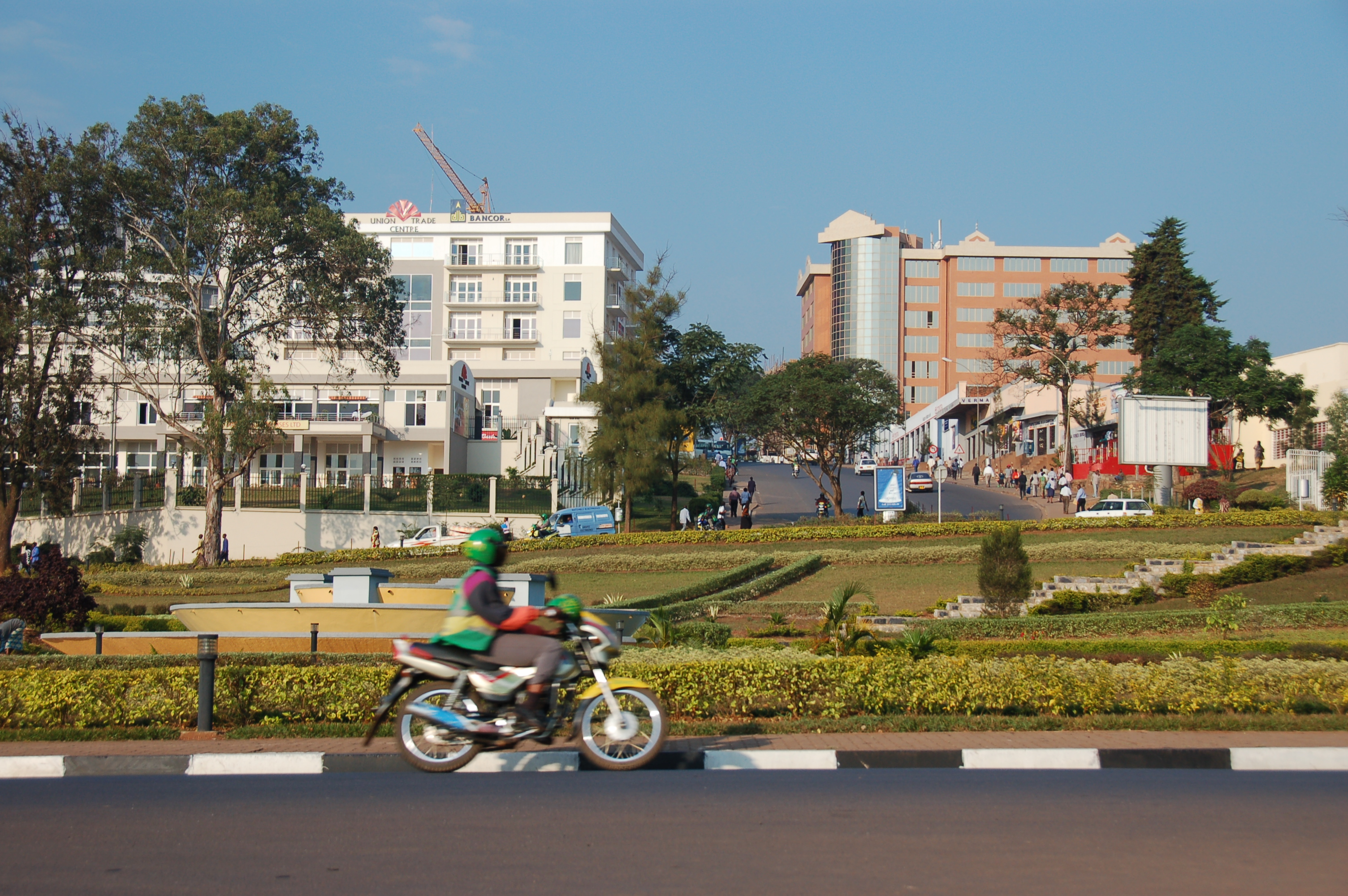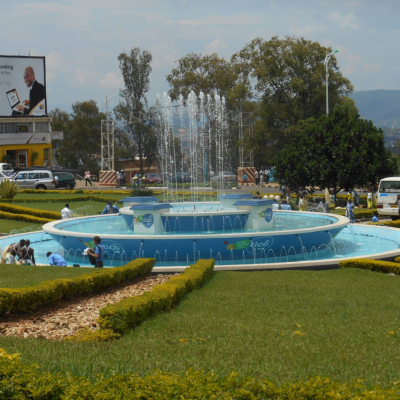National financial structures are essential to mobilise climate finance in Africa
A reorientation toward Green Banks and national climate funds in the climate finance system is key for countries to better access and mobilise private investment, a recently published study finds
A ground-breaking study on Green Banks and National Climate Change Funds in Africa was recently released by the African Development Bank (AfDB) and the Climate Investment Funds (and conducted by the Coalition for Green Capital (CGC). It states that for countries to better access and mobilise private investment, the climate finance system must reorient toward national financial capacity that can channel capital to projects and markets where it is needed most. In this context, it also notes the Rwanda Green Investment Facility (RGIF) as a tool.
The study emphasises the role of nationally-based Green Banks as powerful tools to finance climate change adaptation and mitigation addressing local market needs, and driving private investment. A combination of green grant programs and catalytic climate finance facilities focused on how the low-carbon and sustainable development sectors could help to boost private sector participation and mobilise support from global development partner institutions are key, according to the report.
In developing economies, green finance facilities can be most effective when implemented nationally or paired with national green funds to provide integrated access to an effective combination of grants and credit instruments, suited to local market conditions. This approach is being developed in Rwanda through an integration of their existing green fund with a new Green Bank program at the national development bank.
AfDB, in cooperation with NDF, is currently supporting the design and capitalisation of the RGIF, with technical support from the Coalition for Green Capital. Within Rwanda, the RGIF is specifically designed to support the implementation of Rwanda’s NDCs, green growth objectives and integrated suite of national development goals, plans and targets. In addition, there is huge potential that the RGIF will serve as a pilot model that can be replicated elsewhere in Africa. Through creating an institutional capacity to catalyse innovative green finance, the RGIF will improve the climate finance architecture and demonstrate a powerful new model to accelerate investment in sustainable economic development based on climate adaptation and mitigation.
It has been estimated that by 2030, Rwanda could lose over 1% of its GDP each year due to climate related losses, totalling USD 3 billion. In contrast, it has been estimated that it will take approximately USD 300 million per year to effectively address climate change impacts. The development of this facility is a step closer towards tackling this problem.
Read more about the AfDB’s report Potential for Green Banks & National Climate Change Funds in Africa here.


